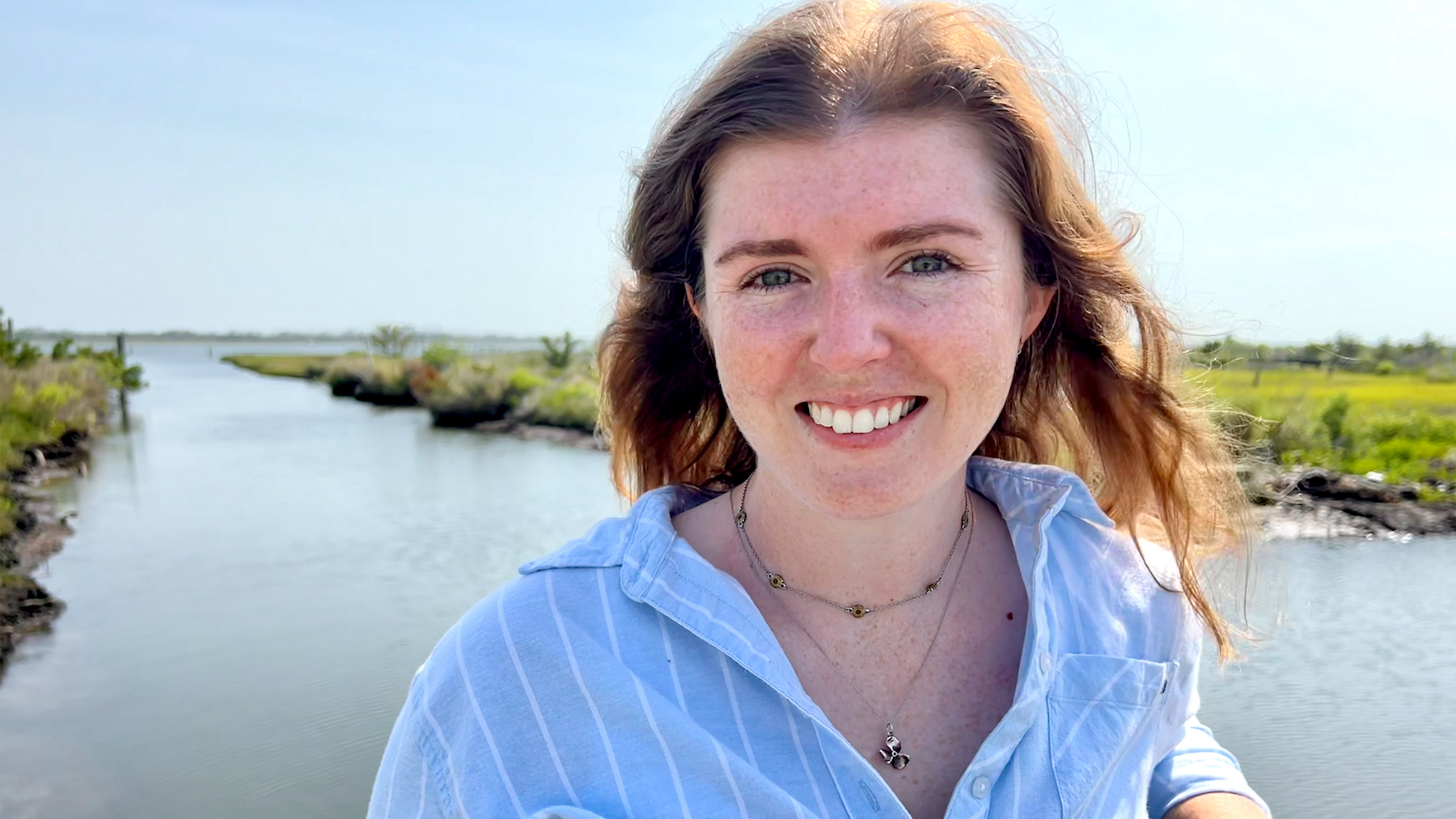WhaleScale Hits Apple App Store
WhaleScale – an app for estimating the weight of stranded cetaceans (dolphins and whales) from their length in order to inform decision-making during management of stranding events – is now available for free download to iPhones through the App Store.
WhaleScale was developed by Craig Harms (NC State), and Kerry Wischusen and Leslie Hart (College of Charleston).
It is designed to meet the need for marine mammal stranding organizations to have reasonably accurate weight information when responding to dolphin and whale stranding events. Knowing an accurate approximate weight is essential for planning the logistics of moving a live or dead cetacean, rescue attempts, or euthanasia, but actually weighing the animal on the beach is rarely an option. The app grew out of a spreadsheet of cetacean length-to-weight equations created and used by Dr. Harms for local strandings in North Carolina and for phone consultations on cetacean strandings elsewhere.
Not always having access to his computer, he wanted the spreadsheet converted to an app he could carry anywhere on his smart phone. A serendipitous meeting on a processing boat during bottlenose dolphin health assessments in Sarasota Bay led to a collaboration to transform the spreadsheet into an app. Dr. Hart and her student Kerry Wischusen had developed an app for assessing bottlenose dolphin body condition and were field testing it with the Sarasota Dolphin Research Program; Harms was volunteering on the health assessment. Hart and Wischusen agreed to tackle this additional app development project.
The app includes equations for 18 cetacean species based on stranding data for small odontocetes in NC and VA (Barco et al. 2016) and published data for mysticetes and sperm whale (Fortune et al. 2012, Lockyer 1976). By selecting the species and entering the length in centimeters, the app calculates the expected weight in kilograms. If the animal is noticeably well-conditioned or thin, stranding responders can round up or down with the aid of visual reference to accompanying charts. Harms has already found the app useful even during beta testing. Although developed based largely on cetacean strandings expected in the SE US, the developers hope that it will prove useful to marine mammal stranding networks in other regions, and made it freely available with that intent in mind.
Important caveat: Working around stranded cetaceans, whether alive or dead, is hazardous, and should be undertaken only by people with proper training and permits.
Barco SG, Walton WJ, Harms CA, George RH, D’Eri LR, Swingle WM. 2016. Collaborative Development of Recommendations for Euthanasia of Stranded Whales. U.S. Department of Commerce, NOAA Technical Memorandum NMFS-OPR-56.
Fortune SME, Trites AW, Perryman WL, Moore MJ, Pettis HM, Lynn MS. 2012. Growth and early development of North Atlantic right whales (Eubalaena glacialis). J Mamm 93:1342-1354.
Lockyer C. 1976. Body weights of some species of large whales. J Cons int Explor Mer 36: 259-273.


